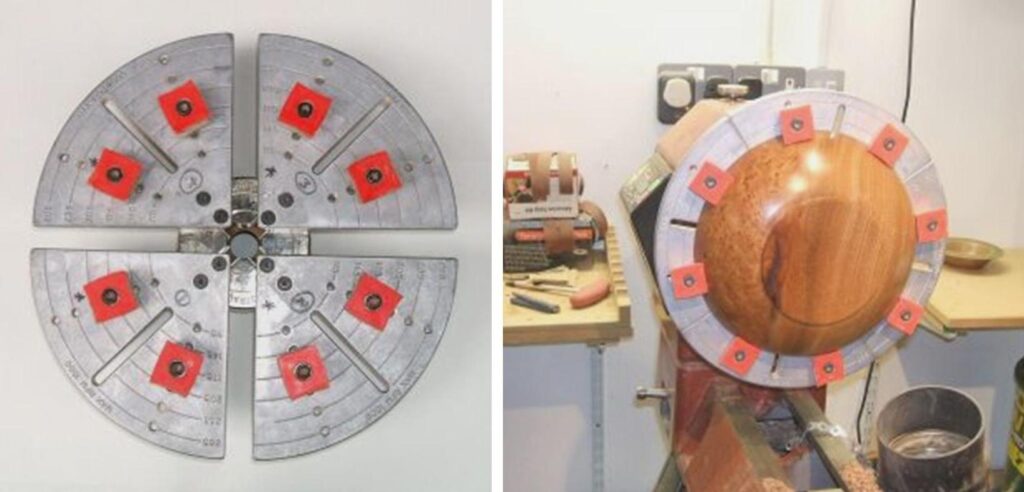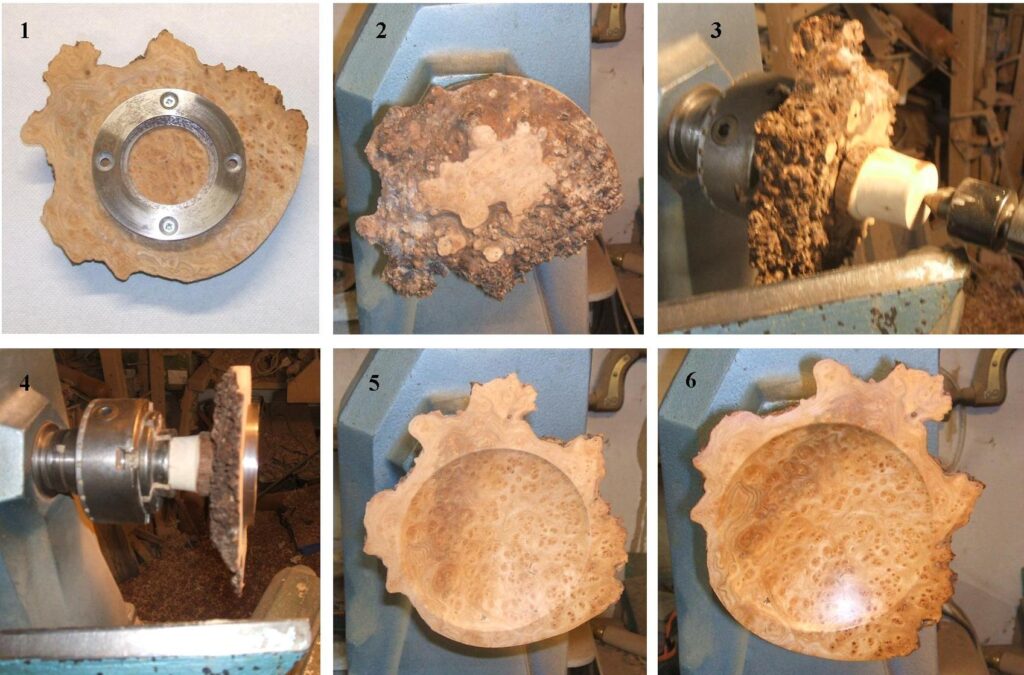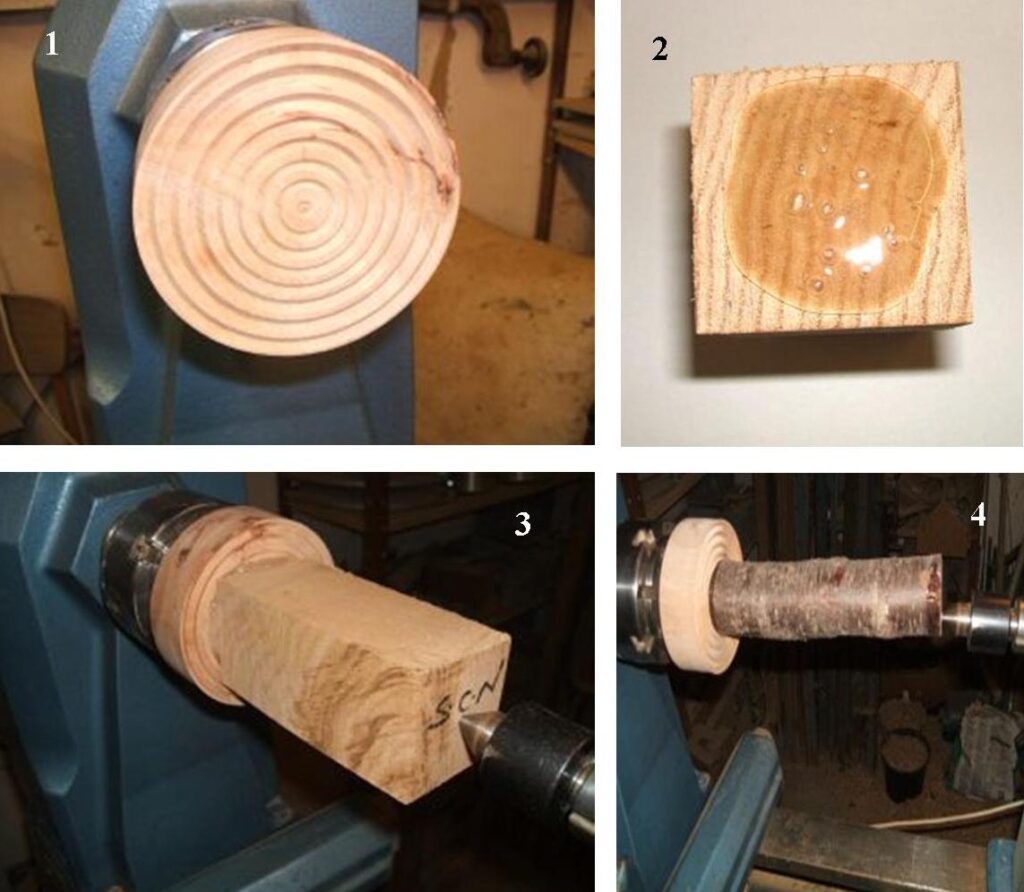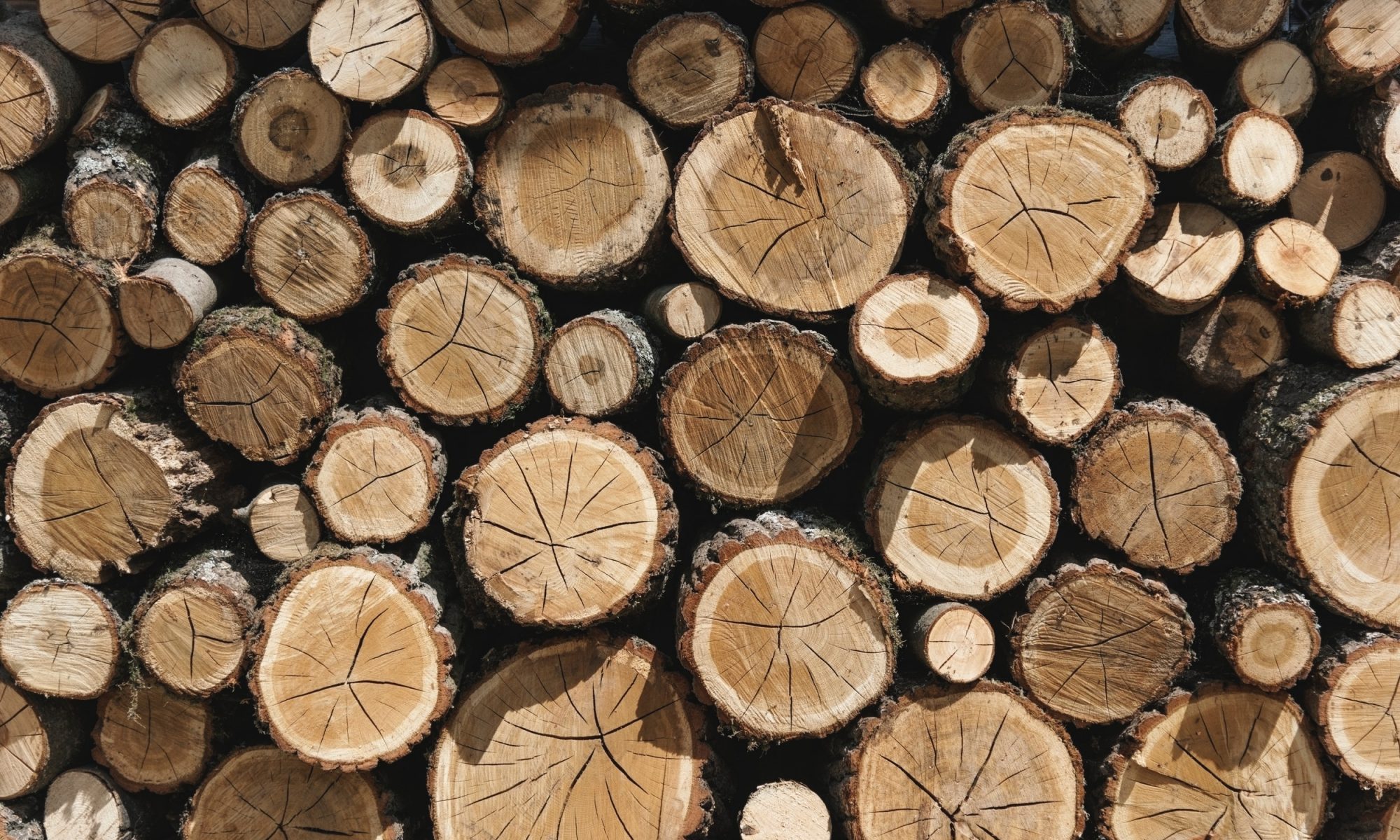Start time 6.45pm
Our meeting this Thursday 9th May 2024 has been organized by Keith Brown, Keith is new to woodturning and wanted to know how to use a set of bowl jaws, he has arranged this meeting to get our resident turners to show him how this piece of equipment is used, in addition to this the meeting subject has been expanded to include working with various Jigs and wooden aids.
Some advice on various home made and shop bought gadgets will also be included, various aids to chucking will be on show from just using a wooden cone to things like a wobble chuck. There will be 4 turners dedicated to Keith’s programme and 1 turner will be showing how wooden spoons and scoops are made as a prelude to the up and coming competition.
We have never dedicated a programme like this before so I had little to go with as far as archive pictures were concerned, but I did find a few interesting pictures for you to see and read about, here are a few that I found.

This is the piece of equipment Keith wanted to see being used, this one is made by VICMARC in Australia and is classed as one of the best on the market, not cheap but very good to work with. Left, the bowl jaws attached to a VICMARC chuck complete with it’s full set of firm rubber buttons. Right, the bowl jaws in working mode, the buttons positioned to suit the size of any item needing to be worked, here we see a 250mm bowl being held and the base levelled off using this tool.

Here we are using the simplest of jigs to make this shallow bowl, the piece of Burr was only 25mm thick at it’s thickest point, how do you go about making a bowl out of this. Picture 1, the wood Burr straight off the bandsaw, attach a faceplate ring to approximately the centre. Picture 2, the Burr mounted on the lathe and an area on the bottom flattened but leave as much of the Burr showing as possible. Picture 3, use a branch approx 50mm in diameter by about 25mm long and hot melt glue it onto the flattened area using the tailstock to centre the jig, you will then need to skim the base flat and true up the shaft of the jig. Picture 4, the Burr now turned around and being held in the chuck with the jig, remove the faceplate ring before starting to work the inside. Pictures 5 shows the newly turned bowl leaving all the natural features around the outside. Picture 6, the bowl now sanded, sealed and polished.

Here is another very useful and very simple jig to use, I use this for most of my small items in these cases for things like Weed pots and wooden Mushrooms. Picture 1, use a disc about 100mm in diameter and fix a faceplate ring or small faceplate to it, put it on the lathe and skim the side and face to even surfaces, cut a series of shallow groves on the face to assist with the glue holding, an ample supply is needed, see Picture 2. Picture 3 a square piece being made into a small vase. Picture 4, here a wooden Mushroom with a little offset makes for a more interesting designed Mushroom.

Here is another very simple to make pair of wooden jigs as seen in fig 4, all sorts of crazy shapes can be made using this technique all you need is some oddly shaped wood blanks, Yew wood is a prime candidate for such blanks.

Figure 1 shows the bowl jaws in profile, giving you the ability to see how it works, the buttons hold the workpiece whilst it allows you to work the bottom. Figure 2, I put this in as something that you could all make, it’s a very simple clamp/press to hold pieces of wood that have been prepared for laminating by gluing several pieces together. A suggested size would be for a 300mm disc with the clamp ears out with the disc size, a suitable wood to make this clamp would be something like Beech or Maple as long as it’s a hardwood and about 30mm thick. 9mm steel rods and nuts are readily available from most hardware shops.
We hope to see you all there, tea and coffee will be available for the usual donation of 50p and our regular raffle will also be on sale, please be generous.
Our following meeting on the 23rd May 2024 is our 2nd Shield competition. The criteria for this competition is as follows, Novice, to turn a wooden scoop. Intermediate, to turn a ladle and a matching wooden spoon. Open, to turn a set of 4 matching wooden spoons or ladles. You have less than 3 weeks to make these before this competition begins, I suggest you get practicing and select your best efforts for the competition.
If you need some encouragement or are not sure how to make them, Daniel Stewart will be demonstrating the art of spoon making at this week’s meeting (9th May) see him in action on Lathe nr5. Good luck to you all.


